MACD Indicator Trading Guide
MACD Indicator Trading Guide
If you are trading stocks, forex, cryptocurrencies, or anything in between, then one of the things that you absolutely need to know how to do is how to perform technical analysis. Now, when it comes to technical analysis indicators, one of the most important ones that you need to know about is the MACD indicator.
The MACD Indicator is an extremely useful tool when used in the world of technical analysis. It can provide you with a whole lot of information in relation to the direction of a price of a security or asset.
If you do not know what this indicator is, how it works, what it tells you, or how to calculate it, then no worries, because this is exactly what we are here to teach you today. Let’s get right to it and provide you with a newbie trading guide for the MACD indicator.
What is the MACD Indicator?
For those of you who don’t know, MACD actually stands for Moving Average Convergence Divergence. Now, although this may sound like a very complicated technical indicator to master, it is actually fairly simple. All of the MACD indicator does is measure the relationship of exponential moving averages or EMAs.
When you look at this indicator, when attached to a chart, you will see that it displays three lines. It displays the MACD line, which is a blue line, a signal line, which is a red line, and a histogram, which is a green line. The main goal here is to illustrate the difference between the MACD and signal lines.
To put this in technical terms, the moving average convergence divergence indicator is the difference between two moving averages that have been exponentially leveled, and these are generally on the 12 and 26 day periods, with the signal line usually taking the form of a 9 period exponentially smoothed average of the moving average convergence divergence line.
One of the main things that the MACD indicator does it to function somewhat as an oscillator, because it provides you with both oversold and overbought signals, which are either below or above the zero line, with MACD lines generally wavering around that same zero line.
What does the Moving Average Convergence Divergence Indicator Tell You?
OK, so something that you are probably wondering here is what exactly the MACD indicator has the ability to tell you. So what you need to know here is that the moving average convergence divergent syndicated is one of the most versatile technical analysis tools out there, and the reason for this is because it has the ability to measure two different things.
What you need to know here is that indicators are generally divided into four categories, which are trend, momentum, volume and volatility indicators. While this particular indicator is actually both a trend indicator and a momentum indicator combined into one which therefore makes it extremely useful. Below we have listed some main points in terms of exactly what this indicator tells you and what it means when it looks a certain way.
- When the moving average convergence divergence’s line crosses above the zero line, the signals are in an uptrend. Traders usually take this as an indication to place buy trades.
- When the MACD these line crosses below the zero line, the signals are in a downtrend. Traders usually take this as an indication to place sell trades.
Pros & Cons of the MACD Indicator
Yes, the moving average convergence divergence indicator is of course an excellent one to use for technical analysis. However, as is the case with all indicators, there are both advantages and disadvantages to using the MACD.
Pros
- The fact that it is both a trend and momentum indicator is of course a big bonus.
- When using the MACD crossover and the divergence, this indicator provides you with very clear and accurate buy and sell signals.
- For increased clarity, this particular indicator can be used along with other tools and indicators.
Cons
- It is sometimes the case that this particular indicator may provide false signals, especially when it comes to reversals. Sometimes something that looks like a reversal with this indicators as actually just a sideways movement or a pause before the same trend continues.
- It is also sometimes the case that this particular indicator doesn’t provide 100% accurate analysis of trends. Sometimes trend following signals may fail. Sometimes these signals may also not move enough before a trend reversal.

Calculating the Moving Average Convergence Divergence
Although this may all seem very complicated, the fact of the matter is that calculating the MACD is not actually that hard. Keep in mind that this following calculation is using the 12. And 26. Timeframes as the moving average convergence divergence indicator usually uses.
- First, calculate the 12 period EMA for the price at a chosen time.
- Calculate the 26 period EMA for the price at a chosen time,
- Subtract the 26 period EMA from the 12 period EMA.
- Based on the result obtained in step 3, calculate a 9 period EMA.
FAQ
-
What is the Best MACD Setting for Day Trading?
Generally speaking, the MACD is set to 12, 26, and 9, as we have spoken about in great detail above. However, if we are talking about the best settings, these are considered to be 5, 13, 1, as these provide you with a visual representation of MACD patterns. However, some people love the sensitivity provided by 5, 35, and 5 settings.
-
How is MACD calculated?
Generally speaking, the 26 period EMA is subtracted from the 12 period EMA (or the 13 from the 5), the result of which is the MACD line. A nine day EMA (or 1 day), of the moving average convergence divergence line, called the signal line, is plotted on top of the MACD line, which then functions as the trigger for buy and sell signals.
-
How Accurate is MACD?
When it comes to technical indicators for day trading, the MACD indicator is quite accurate. Generally speaking, you can expect it to be accurate upwards of50% of the time, which is quite good as far as indicators go. You can of course improve this accuracy level if you use this indicator along with others.
The MACD Indicator – Final Thoughts
There you have it folks. You should now know all of the basics about the MACD indicator so you can start using this technical analysis tool on a regular basis. It is one of the better technical analysis tools out there, particularly in terms of trends and momentum, so we definitely recommend mastering it.
Remember folks, if you need help day trading, and what you need is a comprehensive education, particularly on Forex trading, then the best place to be is the Income Mentor Box Day Trading Academy. At this time, the IMB Academy is the most comprehensive, user friendly, effective, and affordable Forex trading school out there.
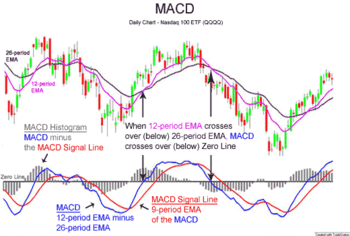
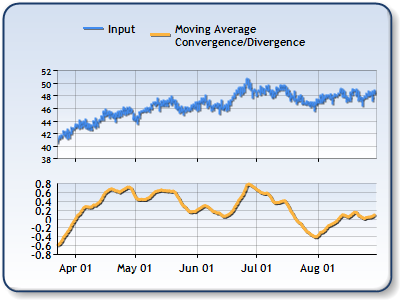



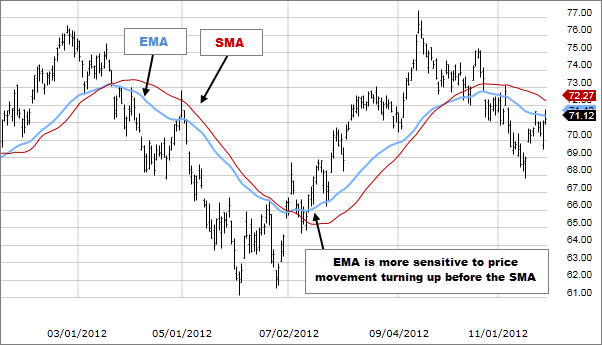
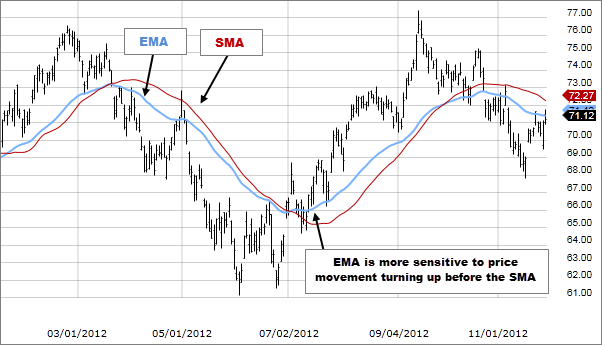

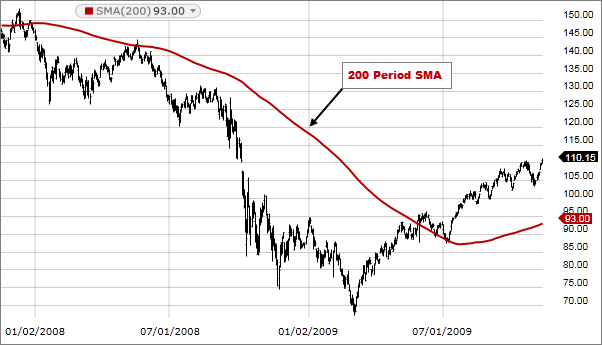
/EMA-5c535d5a46e0fb000181fa56.png)